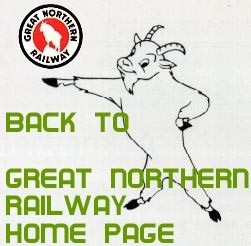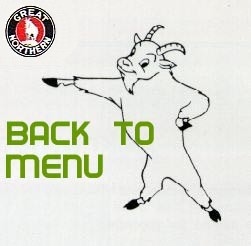|


| |
Fort Wright tower (near Spokane) by C.F. Dayley


Chuck Dayley is an ex-GN telegrapher who retired to the
Spokane, WA area. I gratefully acknowledge his contributions to this
web page. Chuck passed away December 30, 2002.
Submitted 8/3/97 1645
From: Chuck Dayley
Friend Wally: It was most interesting to see that you intend to model Ft. Wright
interlocking "tower" on your next project. I also note that you bought
a copy of the new SP&S book. I've not seen it, but intend to do so very
soon.
I have a very special feeling for Fort Wright. About July 22, I was sent to
"FW" (telegraph call) to learn how to work the station. It was to be
my very first job on the G.N. I did not know anything about interlocking, nor
for that matter, the SP&S, which junctioned with the G.N. there. I was to
work the evening shift (second trick) from 6PM to 2AM, seven days a week. There
was no overtime. I was able to get to the station from Spokane by using a
transit bus, but there was no service at 2AM. For the learning period, I rode
back to Spokane with the man I was to relieve. I was not sure how I would get
back when I was working the station alone.
The station was not manned between the hours of 4PM and 6PM, nor between 2AM and
8AM. A "first trick" telegrapher worked the 8AM-4PM shift. On my first
shift, I arrived at 3PM, so I could learn a bit from the first tricker, and be
ready for 6PM. Of course there were no diesels at that time, and both the GN and
SP&S used mainly articulated engines on their freights. There were about 12
passenger trains a day through FW at that time. The GN dispatched trains mainly
by telephone, although telegraph was used. In addition, GN used telegraph for
transmission of messages. The SP&S, however, proudly used Morse code for all
train dispatching. Those SP&S telegraphers were fiercely proud of their
telegraph skills. I was new and unskilled and caught a lot of criticism from
both the dispatchers and the telegraphers.
Handing up train orders to those huge engines was terrifying. There was a faded
white spot on the wooden platform which marked the nearest point the telegrapher
could place his foot. This placement allowed some 12 inches of space between the
telegrapher's body and the speeding train. Then, there was the hazard of the
blinding headlight and the tornado of dust. Believe me, a movie stunt man would
never have taken the risks we did to deliver the train orders to a moving train.
The job had to be done; others did it, and so did I. Eventually we became
accustomed to risking our lives a dozen times each shift. At 2AM, the only means
I had to get to my hotel in Spokane was to walk, and the only route was to cross
a very high bridge across what was known as Hangman Creek canyon. Walking that
dark bridge at 230AM was another terrifying event. It seemed that the trainmen's
walk was about 6 inches wide and the safety rail seemed to be about 24 inches
high. After crossing the bridge, I had to walk about 2 miles along the tracks,
and this was mostly through the hobo jungles. Somehow I survived.
A few years ago, through a series of events, someone gave me the telegraph key
and the sounder which I had used on that first day on the railroad, July 29
1941. I currently use this equipment to communicate via Morse code with many
telegraphers across the U.S. and Canada. We transmit the signals over the
telephone lines, using outdated computer modems.
I assume you have sufficient photos of Ft. Wright. If not, I can send you a poor
quality photo of a 2-8-8-2 passing FW in about 1936. The station looked exactly
the same when I worked there, including an outside toilet. Later, it was
enlarged a bit to provide for inside plumbing. Yes, I'd like to know a bit about
South Africa's rails, and would be happy to furnish you anything you need for
your FW model. If you need the photo (a photo copy of a newspaper picture)
please send me your mailing address.
Best wishes
Chuck Dayley
You can read two additional stories by Chuck entitled
The
Final Run
and
Odessa.
  |
